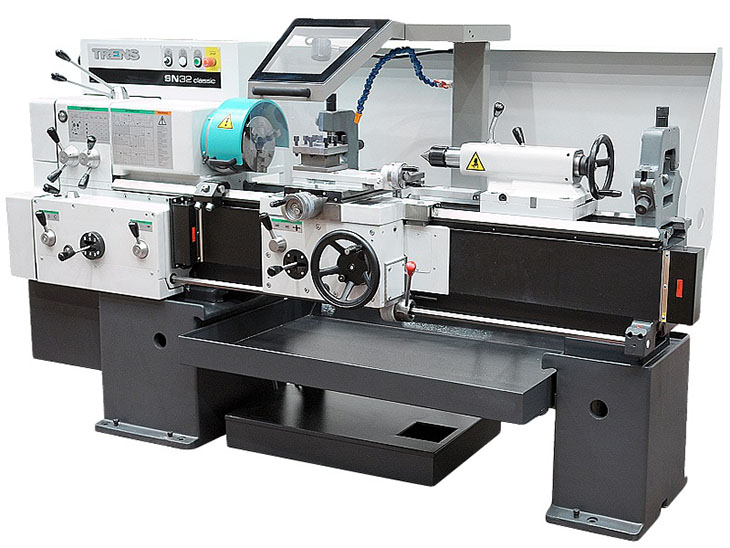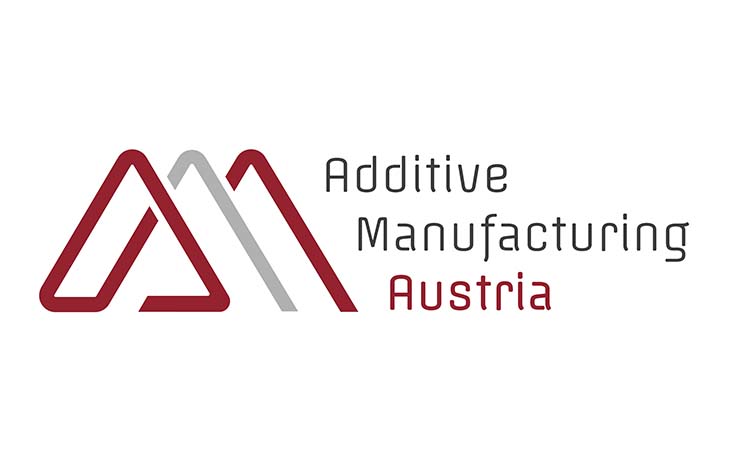Company decision-makers make continual efforts to reduce manufacturing risk. Succeeding in that aim is not easy, especially since issues can come from within and outside a factory. It could occur if people don’t have the necessary training or work carelessly around dangerous machines. However, threats can also arise due to inflation, wars, the COVID-19 pandemic and other factors largely outside the direct control of individual companies.
Manufacturing operations management (MOM) software can help manufacturers pinpoint and reduce the various risks within their facilities. It’s generally a collection of systems and tools that manage end-to-end processes in factories. Here’s a closer look at what it can do.
Cut Manufacturing Risk by Providing Better Visibility
Businesses that invest in MOM can develop deep visibility into plant floor operations that will help managers, executives and staff improve site performance. That makes it easier for them to spot bottlenecks, inefficient or unnecessary process steps, and other problems that could eventually create or exacerbate risk in manufacturing if left unaddressed.
In many cases, issues get worse without factory decision-makers realizing it. That’s usually because they don’t have the resources that give them the necessary visibility. Manufacturing issues occur in more ways than many people realize. Inadequate processes, minor stops and idle time are some of the biggest losses in manufacturing that MOM can tackle.
Before MOM products existed, people typically could not see data from everywhere in a factory at once. They needed to log into several products or platforms to get specific types of information. However, most of the leading options available today let people get the access they need from a single, cloud-based platform. Authorized parties can then retrieve and review the information from wherever they are and on any compatible device.
They don’t even need to be on-site to get up-to-the-minute data about what’s happening in a factory. Having that real-time information allows for better risk management through more confident decision-making.
Minimize Risk in Manufacturing With Automatic Data Collection
In most plants, MOM will rely on a combination of software and automatic data collection tools that allow businesses to continuously gather data on machinery, equipment, storage and processes. One of the biggest associated benefits is that people don’t have to compile the information manually. That all happens automatically and in the background.
Even so, manufacturers must take certain steps to ensure their data is maximally reliable and usable. For example, choosing goals that align with top-level organizational priorities is one way to use the collected information well. It’s virtually useless to gather info if people disagree about why they need it and what they want to achieve.
It’s also important for people to become familiar with how the MOM system collects data and which settings they can tweak for optimal results. After all, even the most advanced systems are not foolproof. Human error is often the driving factor behind undesirable consequences and incorrect assumptions.
Investing in MOM can help people cut the manufacturing risks associated with manual data collection. However, they still need to monitor what’s happening to ensure information is captured as expected. Similarly, they’ll probably need to change the data-gathering settings as a manufacturing plant begins new processes or adds equipment.
Enhance Manufacturing Risk Reduction by Eliminating Unwanted Situations
Most manufacturing facilities have critical equipment that must perform smoothly to help companies meet their goals. Prioritizing MOM can make people more aware of what’s happening with them, including how often each one is utilized during an average day, shift or week. Such data can help people decide when to proceed with equipment purchases.
When buying something like a used generator, consumers often benefit from shorter lead times and lower costs compared to new models. People usually must justify the purchase to executives, whether they’re purchasing new or preowned equipment. MOM products can help them do that by verifying usage. That makes leaders feel more confident that the items will not elevate risk for manufacturers.
Some people may also use MOM data to help them begin or improve a predictive maintenance strategy. Statistics indicate these programs can save manufacturers 8%-12% more than preventive upkeep initiatives. The data they collect may show that specific equipment has failed significantly more often than others and that the associated costs were substantial. Such assets are good candidates for predictive maintenance. However, risk in manufacturing goes beyond machine failures.
Stockouts are becoming more common across product categories, industries, regions and countries. In response, industry leaders recommend that people in manufacturing become even more aware of the components they have on hand. For example, considering the importance of a part, the reliability of the supplier and the fluctuation in demand can help manufacturers decide how much of a buffer they need for certain supplies. Investing in manufacturing operations management can also help company representatives minimize stockouts.
Decision-makers should also examine the other most common risks in their organizations. Whether they relate to worker safety, product defects or overstocks, using MOM can reduce situations that could risk a manufacturer’s reputation and bottom line.
Manage and Increase the Visibility of Energy Usage
MOM software can also be an excellent tool for helping decision-makers become more aware of how their facilities use energy. Having that knowledge is critical, especially when a factory depends on backup generators for power generation. Some generator users unknowingly overload their machines because they don’t know or abide by the respective output rating.
People may not immediately notice a problem in such cases, especially if the overloading only occurs within a half-hour or similarly short window. However, if the generator’s power output drops, it begins to overheat or soot appears in the exhaust, it may be experiencing an overly heavy load. Severe cases can cause it to cut off unexpectedly, impacting the reliability people expect.
Additionally, manufacturing leaders must sometimes take dramatic action as energy prices rise in many parts of the world. The chief executive at a glass factory called Arc International stopped operating four of nine furnaces in the facility. The remaining ones will begin running on diesel rather than natural gas to save money.
A 2022 survey from a manufacturers’ organization in the United Kingdom found increased energy costs caused major disruptions for half of the respondents. One in five think the power crisis will persist for two years. MOM tools can help people see how facilities use energy. They can then use that information to determine the most effective ways to cut expenses and minimize risk.
The data from a MOM platform could also help factory leaders decide if they could cut energy-related risks by installing solar power equipment. Many executives find it can help them save money. Tools that track current usage and trends enable people to see if it’s time to make a change or verify that alterations have had the desired effects.
Help Leaders See the Benefits of MOM
Moving ahead with manufacturing operations management in a plant often requires a willingness to do things differently. Many executives initially resist change and need time to recognize and ponder the associated advantages.
However, a recent McKinsey study confirmed that technological savviness across the C-suite is crucial for successfully implementing digital transformation. The study looked at numerous technologies and was not specific to MOM. However, that takeaway is still a useful reminder that people need support from an organization’s highest levels to give their tech investments the best chances of paying off in the short and long term.
Using MOM can improve a company’s competitive advantage while making it more profitable, less likely to experience defects and recalls, and not as resource-dependent. However, executives may be more likely to visualize how their companies could see similar outcomes if they can read compelling case studies.
Another possibility is to suggest that company leaders use MOM on a trial basis first. If deploying things on a smaller scale shows the intended results, they’ll be more likely to give the go-ahead for scaling up soon.
Manufacturing Risk Is Inevitable but Not Unmanageable
It’s impossible to eliminate all risks in manufacturing. However, as these examples show, committing to manufacturing operations management can significantly minimize them. This industry poses continual challenges, but the right MOM solutions and applications can make threats and pitfalls easier to deal with effectively and get back on track.

























